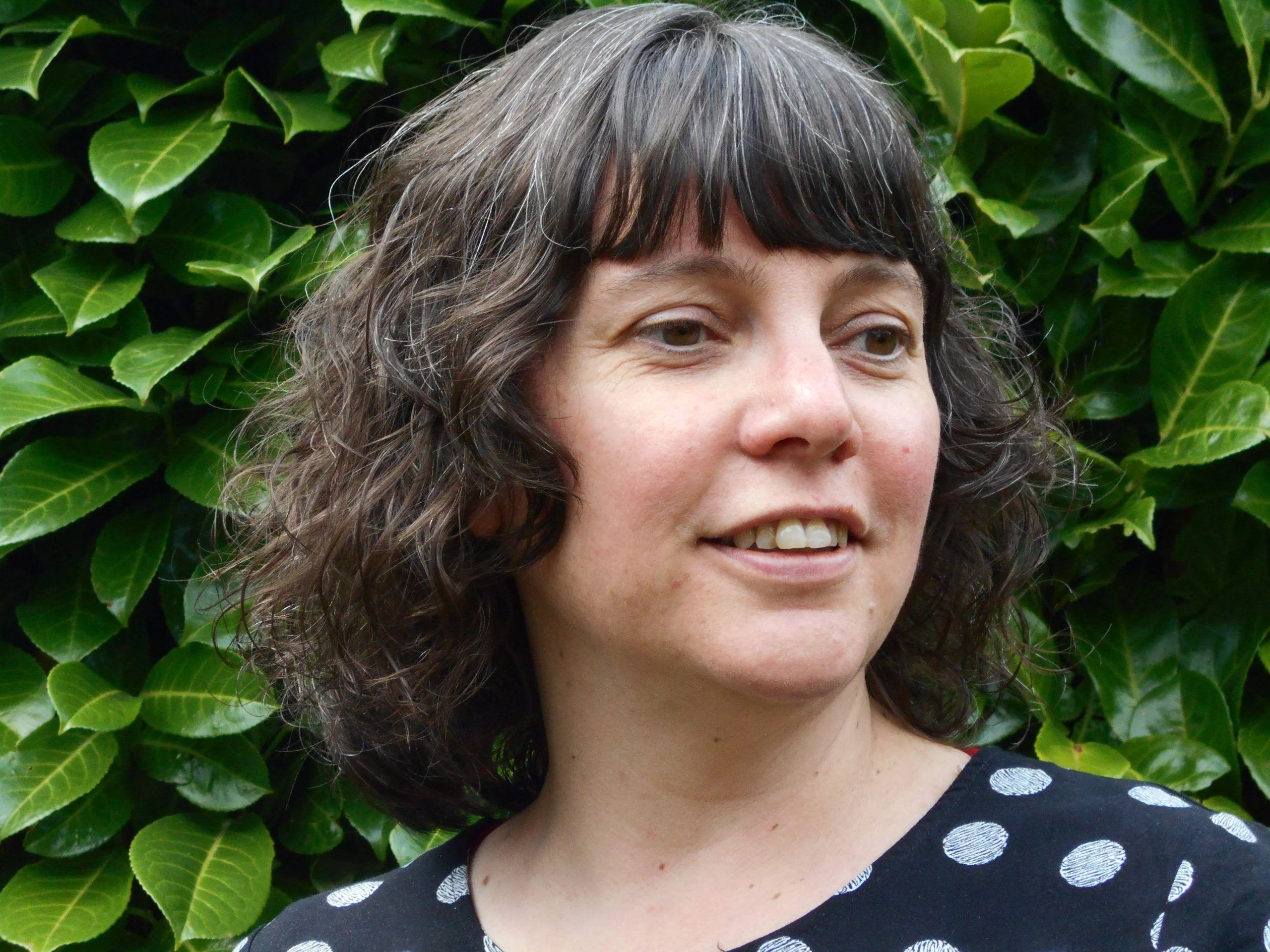Learning objective
- To begin to understand that being friendly to others makes them feel welcome and included.
Success criteria
- I understand the difference between a friend and
This content is for subscribers only. Join for access today.
Statutory guidance
RSE
Caring friendships
Pupils should know
- Healthy friendships
This content is for subscribers only. Join for access today.
Cross-curricular links
British values
Individual liberty
- Reinforce that children
This content is for subscribers only. Join for access today.
Before the lesson
This content is for subscribers only. Join for access today.
Lesson plan
Recap and recall
Arrange the children in pairs and ask them to unscramble some of the key vocabulary used in the previous lesson.
This content is for subscribers only. Join for access today.
Extended-mode explainer videos
How to extend your display to view the lesson page and preseantion mode simultaneously. Choose your operating system below to watch the video
If you need further support with extending your display,
please contact [email protected].
Extended-mode explainer video: For Mac
Extended-mode explainer video: For Windows
Adaptive teaching
Pupils needing extra support
Should have additional support for the role play such as assigning them to particular characters and giving ideas about what their character might do.
Pupils working at greater depth
Should be challenged to describe a greater depth of understanding of the feelings and motivations of each character.
This content is for subscribers only. Join for access today.
Assessing progress and understanding
Pupils with secure understanding indicated by: Understanding how the actions
This content is for subscribers only. Join for access today.
Vocabulary definitions
-
friendly
Being kind and nice to others.
-
welcome
Making someone feel wanted and comfortable.
This content is for subscribers only. Join for access today.
Example work
This content is for subscribers only. Join for access today.

